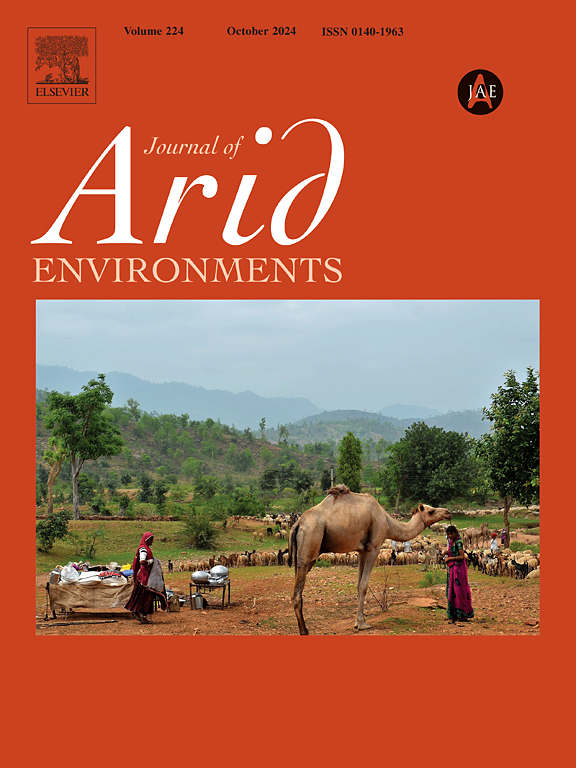Cattle effects on seed dispersal, germination, and seedling recruitment of a threatened brazilian dry forest palm tree (Syagrus coronata)
IF 2.6
3区 环境科学与生态学
Q2 ECOLOGY
引用次数: 0
Abstract
Syagrus coronata (Arecaceae) is a palm widely distributed throughout the Brazilian semi-arid region presenting high sociocultural, economic, and ecological importance. Anthropogenic disturbances have led to a defaunation of wild birds and mammal dispersers, compromising the seedling recruitment. Herein, we verified the livestock effects on S. coronata dispersal, germination, and establishment of regenerant stages in dry forest vegetation and pasture. Seed dispersal was assessed using 72 experimental arenas for measuring dung beetles’ functions facilitated by cattle. We applied a completely randomized design for the germination experiment with 400 seeds divided into four groups: 1) control, 2) mechanically scarified seeds, 3) seeds ingested by cattle and recovered from feces, and 4) seeds both ingested by cattle and mechanically scarified. We assessed the survival rates of regenerating S. coronata individuals (seedlings, saplings, and juveniles) in 40 plots (20 × 20 m) over a year. We found cattle as a potential disperser and facilitator of secondary dispersal for 43% of seeds, mainly in pastures. Mechanical scarification treatment reached the greatest germination percentage. Seed passage through the digestive tract of cattle treatment increased germination compared with the control. In contrast, combining mechanical and digestive bovine tract scarification damages the seeds. There was a negative cattle effect on survival of regenerants, in which their establishment is a crucial stage in the life cycle of palms. This study provides information for farming practices in areas of extractive use, contributing to S. coronata population conservation.
牛对濒危巴西干林棕榈树种子传播、萌发和幼苗补充的影响
山茱萸(槟榔科)是一种广泛分布在巴西半干旱地区的棕榈,具有很高的社会文化、经济和生态重要性。人为干扰导致野生鸟类和哺乳动物的退化,影响了幼苗的补充。在此基础上,我们验证了家畜在干旱森林植被和牧场中对冠状草传播、萌发和再生阶段建立的影响。利用72个试验场测定牛对屎壳郎的促进作用,对屎壳郎的种子传播进行了评价。采用完全随机设计,将400粒种子分为4组:1)对照,2)机械割割种子,3)牛食入和粪便回收种子,4)牛食入和机械割割种子。在40个样地(20 × 20 m)上,对一年内再生的金冠花个体(幼苗、树苗和幼苗)的存活率进行了评估。结果表明,牛是43%种子次生传播的潜在传播者和促进者,主要分布在牧场。机械划伤处理的发芽率最高。种子通过牛消化道处理后,发芽率较对照组提高。机械性和消化道割伤相结合则对种子造成损伤。再生体的建立是棕榈生命周期的关键阶段,对再生体的存活有负向影响。该研究为采掘利用地区的农业实践提供了信息,有助于冠状棘种群的保护。
本文章由计算机程序翻译,如有差异,请以英文原文为准。
求助全文
约1分钟内获得全文
求助全文
来源期刊

Journal of Arid Environments
环境科学-环境科学
CiteScore
5.70
自引率
3.70%
发文量
144
审稿时长
55 days
期刊介绍:
The Journal of Arid Environments is an international journal publishing original scientific and technical research articles on physical, biological and cultural aspects of arid, semi-arid, and desert environments. As a forum of multi-disciplinary and interdisciplinary dialogue it addresses research on all aspects of arid environments and their past, present and future use.
 求助内容:
求助内容: 应助结果提醒方式:
应助结果提醒方式:


